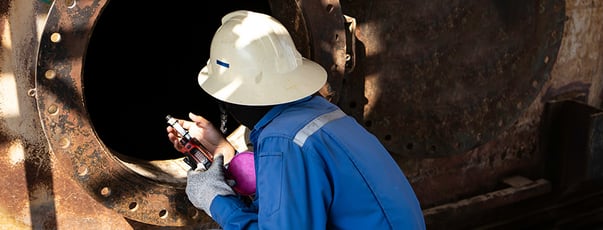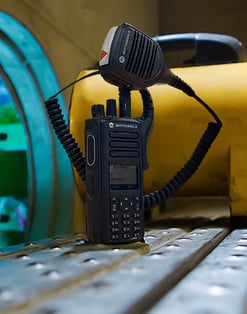Learn about the tools that make confined space work safe
Working in a confined space is a risky business. Regardless of the precautions taken, there’s always a potential for accidents or injury. Fortunately, modern technology makes it possible to monitor and control hazards more effectively than ever before.
Let’s explore some of the most advanced confined space equipment available and discuss the key features to look for.
Know What Confined Space Equipment is Required
A confined space has limited means for entry or exit, and it’s an area where people may be subject to hazardous or life-threatening conditions. Some examples of confined spaces include tanks, vessels, silos, pits, utility holes, tunnels, pipelines and sewers.
The technology for working in these different spaces varies, so it’s essential to understand what is required to work safely and productively.
Here are six key pieces of confined space equipment:
1) Video Monitoring Systems
Video cameras give safety technicians a view of what’s happening in the area at all times. Cameras can be installed inside and outside the confined space and offer a live view of a worksite. If there is an emergency, responders can use the system to help locate trapped or injured workers.
Video monitoring systems can also record the work done in a confined space, along with information such as atmospheric detection readings and time stamps. This data supports liability compliance and lets specialists identify hazards and improve safety procedures in real-time or during review, after the work is complete.
2) Infrared Imaging Cameras
With enhanced infrared (IR) camera technology, safety technicians can “see in the dark” to distinguish people and their surroundings at a high resolution. This confined space equipment is also known as thermal imaging.
IR camera technology detects infrared light and converts it to an image so that a technician can identify heat signatures in an enclosed space. With IR cameras, it’s easier for rescue teams to offer safety support in low-visibility or nighttime conditions.

3) Atmospheric Monitors
Atmospheric monitoring in confined spaces gives up-to-the-second readings to ensure conditions remain safe for those working inside a confined space. Workers can wear portable sensors that transmit gas readings back to a central command center, creating a log of continuous, real-time data.
Integrating atmospheric monitoring with visual and audible alarms ensures employees and command center staff are alerted to potentially dangerous situations within a confined space.
4) Electronic Access Control
Only authorized, qualified personnel are permitted to enter a confined space. With electronic access control, workers must scan their site badges before entering a space. This swipe-in/swipe-out procedure automatically creates a log in the central command center.
Electronic access control for entry and exit prevents unauthorized access. It ensures an accurate headcount of workers in a confined space; critical information for a rescue team responding to an incident.
5) AI Safety Monitoring
Artificial intelligence (AI) gives software the ability to review data and evaluate it like a human to help ensure worker safety.
For example, by analyzing a video feed, AI can detect PPE, worker locations and identify potential hazards in real-time. The system can monitor multiple cameras simultaneously and send an alert if it identifies a situation requiring technician attention.
6) Wireless Communication Equipment
Reliable communication is critical to hazardous work. Look for solutions that offer two-way communications outside and inside a confined space. Clear communications let employees ask questions about access to the area or work tasks, and also helps command-center personnel address safety practices remotely.

